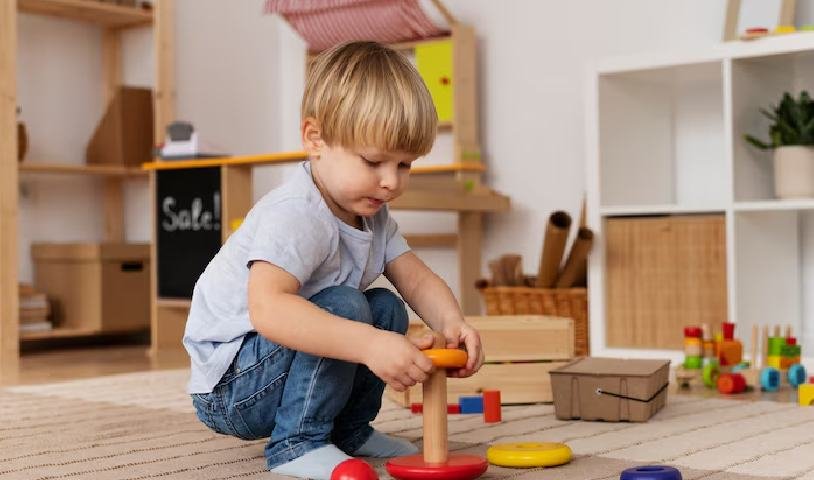Freedom Within Limits: Understanding Discipline in Montessori
When parents hear about freedom in a Montessori classroom, they sometimes imagine chaos—kids running wild, doing whatever they want. But in reality, Montessori education offers something beautifully balanced: freedom within limits. It’s not about letting children do anything—it’s about helping them learn to do the right things, with guidance, respect, and purpose.
So how does discipline work in Montessori? And how can freedom and structure exist side by side? Let’s take a closer look.
What Does “Freedom Within Limits” Mean?
In Montessori, freedom doesn’t mean a lack of structure. It means giving children meaningful choices within clear boundaries. For example:
- A child can choose what to work on—but must treat the materials with respect.
- A child can choose where to sit—but cannot disturb others.
- A child can decide how long to spend on an activity—but must tidy up when finished.
This approach helps children develop self-control, responsibility, and independence—all while feeling respected and empowered.
Montessori Discipline Is Not About Punishment
Traditional discipline often relies on rewards and punishments to shape behavior. But Montessori sees discipline differently. Instead of controlling children from the outside, the goal is to help them develop internal discipline—the ability to manage themselves.
Montessori teachers don’t give time-outs, take away privileges, or use sticker charts. Instead, they focus on:
- Modeling respectful behavior
- Redirecting negative behavior calmly
- Offering choices and natural consequences
- Helping children reflect on their actions
The Role of the Prepared Environment
A big part of discipline in Montessori comes from the environment itself. The classroom is designed to support order, independence, and calm behavior. When children know what to expect and feel respected in their space, disruptive behavior naturally decreases. Materials have specific purposes and are arranged in a way that invites focus. The physical structure helps children learn boundaries without needing constant correction.
The Role of the Teacher
Montessori teachers—or guides—model appropriate behavior, gently redirect when needed, and give children the tools to solve problems peacefully. Instead of reacting with frustration, they observe, ask questions, and guide children to reflect and make better choices.
Final Thoughts
In Montessori, discipline isn’t about punishment—it’s about guidance. Freedom within limits teaches children to be respectful, responsible, and self-motivated. They learn not because they’re forced to, but because they understand the why behind their actions.
As parents and educators, when we offer structure with kindness and allow freedom with accountability, we give children the tools to thrive—not just in the classroom, but in life.


Comments are closed